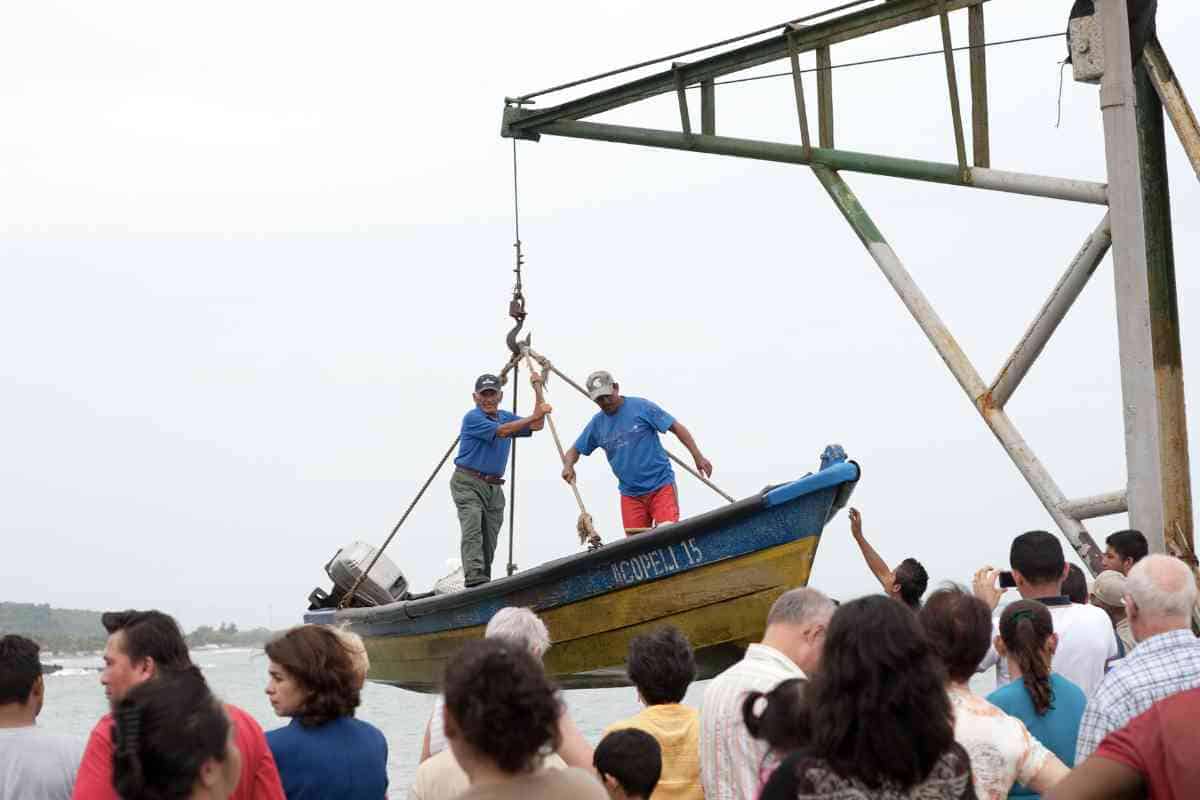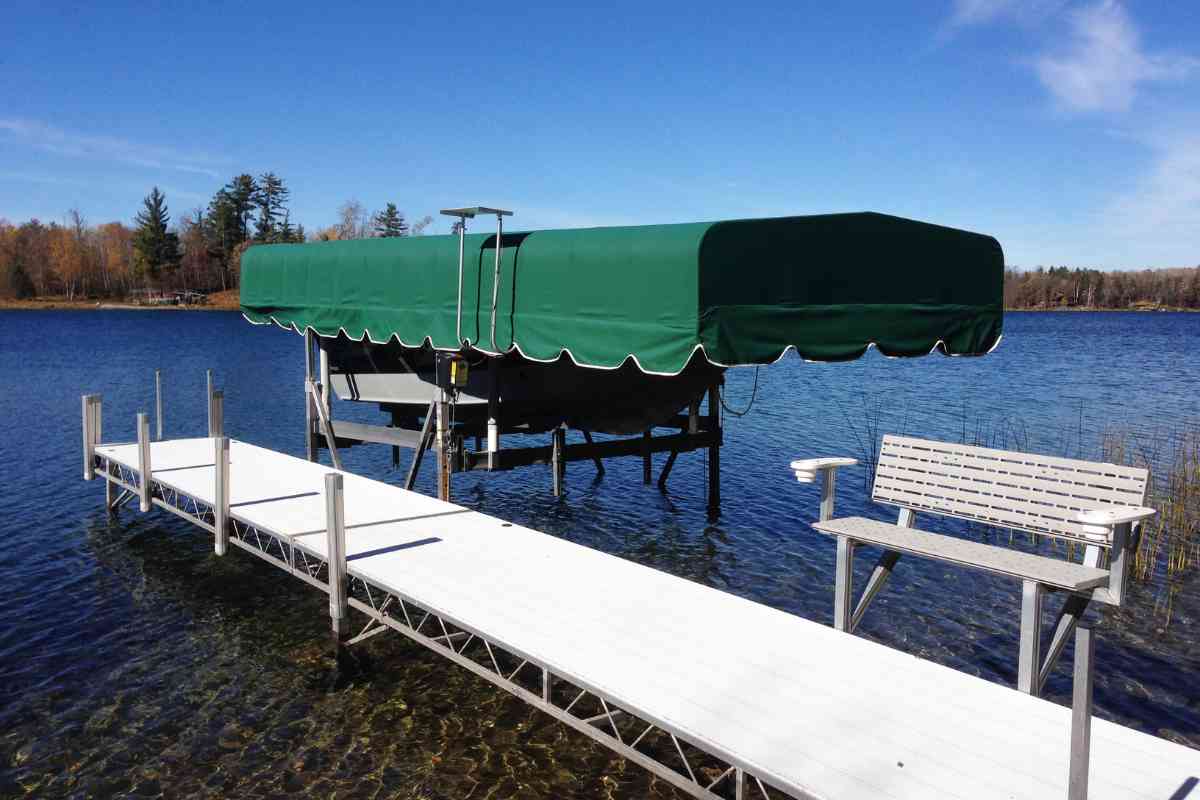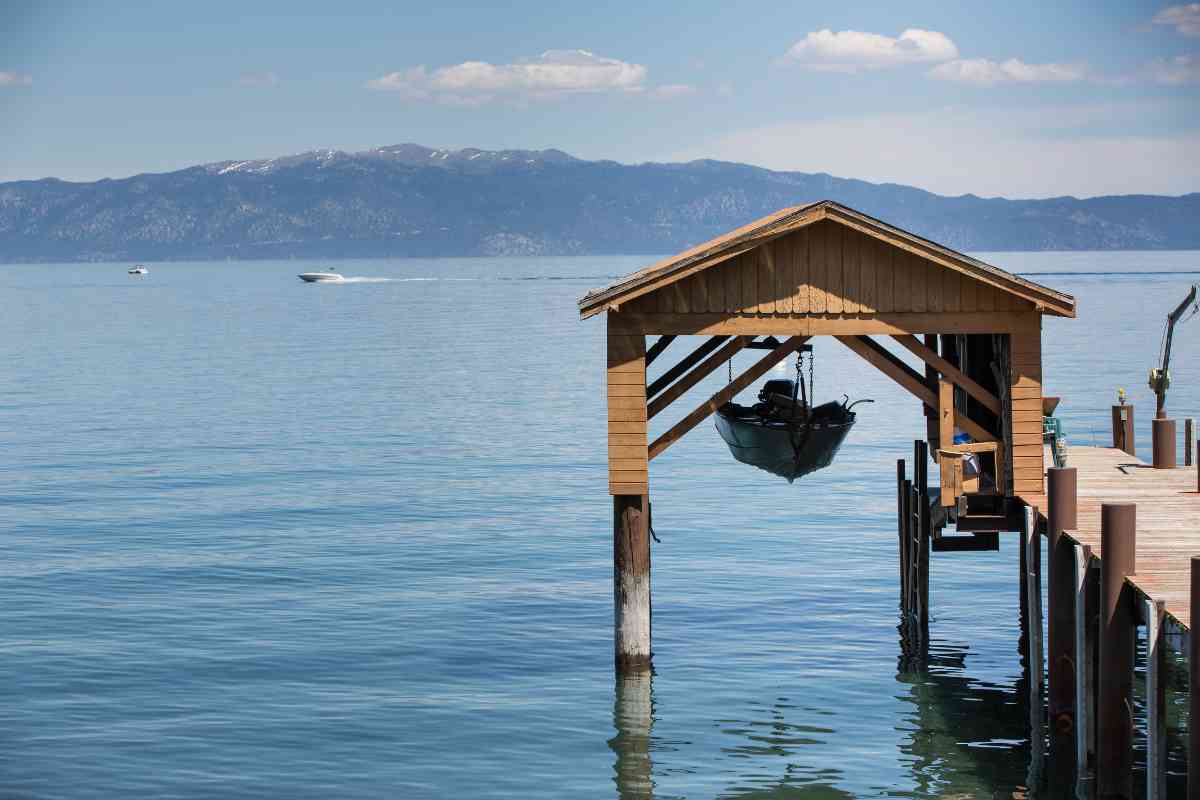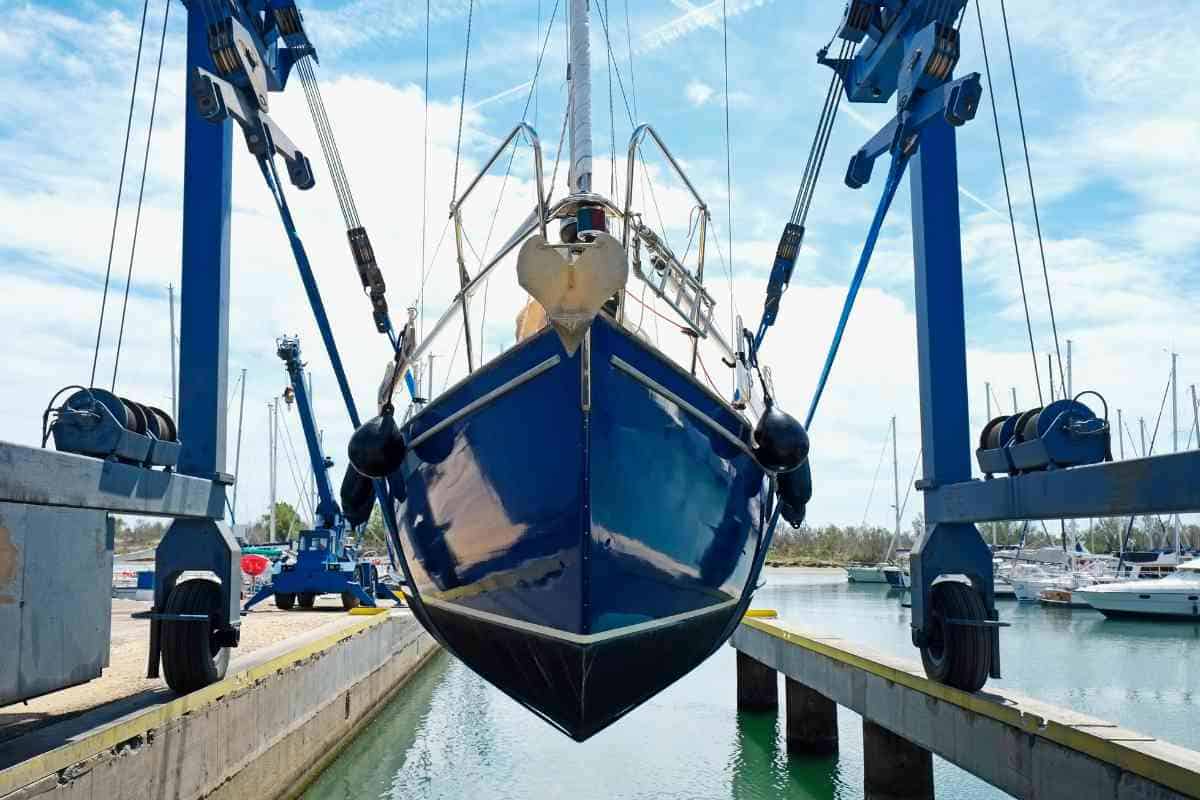How Boat Lifts Work: A Simple Explanation
Boat lifts are devices that are used to lift boats out of the water and store them on land. They are commonly used in marinas, boatyards, and private docks to keep boats safe and secure when not in use. Boat lifts work by using a series of cables or straps to lift the boat out of the water and onto a cradle or platform.

How do boat lifts work?
There are several types of boat lifts available, including hydraulic lifts, electric lifts, and manual lifts. Hydraulic lifts use hydraulic power to lift the boat, while electric lifts use electric motors. Manual lifts require the use of a hand crank or winch to lift the boat.
Boat lifts are an essential tool for boat owners who want to keep their boats in good condition and extend their lifespan.
By keeping boats out of the water when not in use, boat lifts can help prevent damage caused by exposure to saltwater, waves, and marine life. They also make it easier to access and maintain the boat, as well as provide additional security against theft or vandalism.
Types of Boat Lifts
Boat lifts are essential for maintaining the condition and longevity of boats. They come in different types, each with its unique features and advantages. The following are some of the most common types of boat lifts:
1. Vertical Boat Lifts
Vertical boat lifts are the most popular type of boat lift. They are designed to lift boats out of the water and store them above the waterline. These lifts have a vertical frame that supports the boat, and they operate by using a motorized winch to lift the boat up and down. Vertical boat lifts are ideal for vessels of all sizes and are known for their durability and reliability.
2. Cantilever Boat Lifts
Cantilever boat lifts are another popular type of boat lift. They are designed to lift boats out of the water and store them above the waterline. These lifts have a cantilever frame that supports the boat, and they operate by using a manual winch to lift the boat up and down. Cantilever boat lifts are ideal for smaller boats and are known for their simplicity and ease of use.

3. Hydraulic Boat Lifts
Hydraulic boat lifts are a high-end option for boat owners. They are designed to lift boats out of the water and store them above the waterline. These lifts use a hydraulic system to lift the boat up and down, and they are known for their smooth and quiet operation. Hydraulic boat lifts are ideal for larger boats and are known for their speed and efficiency.lif
4. Floating Boat Lifts
Floating boat lifts are a unique type of boat lift that is designed to lift boats out of the water for storage on a floating platform. These lifts use a buoyancy system to lift the boat up and down, and they are known for their stability and ease of use. Floating boat lifts are ideal for boats of all sizes and are known for their versatility and adaptability to different water conditions.
Overall, the type of boat lift you choose will depend on your boat’s size, weight, and your personal preferences. Each type of boat lift has its unique benefits and drawbacks, so it’s important to research and choose the one that best suits your needs.
Components of a Boat Lift
A boat lift is a mechanical device used to lift and lower boats in and out of the water. It consists of several components that work together to provide a safe and efficient lifting experience. The following are the major components of a boat lift:
- Frame: The frame is the backbone of the boat lift. It is usually made of steel or aluminum and provides the necessary support for all the other components.
- Bunks: The bunks are the padded supports that cradle the boat. They are usually made of wood or plastic and come in different shapes and sizes to accommodate different types of boats.
- Cables: The cables are the lifting mechanism of the boat lift. They are usually made of steel and run through pulleys and winches to lift and lower the boat.
- Winch: The winch is the device that controls the lifting and lowering of the boat. It is usually operated by a hand crank or an electric motor.
- Pulleys: The pulleys are the wheels that guide the cables and help distribute the weight of the boat evenly across the lift.
- Motor: The motor is the power source for electric boat lifts. It drives the winch and provides the necessary lifting force for the boat.
- Control Box: The control box is the brain of the boat lift. It contains the electrical components that control the motor and winch and allows the operator to control the lift.
Each of these components plays a critical role in the functioning of the boat lift. They work together to provide a safe and efficient way to lift and lower boats in and out of the water. It is important to ensure that all the components are in good working condition and properly maintained to prevent accidents and ensure the longevity of the boat lift.
How a Boat Lift Works

A boat lift is a device that is used to lift a boat out of the water and store it on land. Boat lifts are commonly used in marinas, boatyards, and private docks to protect boat paint from damage caused by exposure to water and weather.
Boat lifts come in different types and designs, but they all work on the same principle of lifting the boat out of the water using a combination of pulleys, cables, and a lifting mechanism. The lifting mechanism can be either manual or electric, depending on the type of boat lift.
The boat is secured to the lift using slings or straps, which are attached to the lifting cables. The cables are then attached to the pulleys, which are connected to the lifting mechanism. When the lifting mechanism is activated, the cables are pulled, and the boat is lifted out of the water.
Boat lifts are designed to be durable and long-lasting, with most lifts made from high-quality materials such as aluminum, stainless steel, and galvanized steel. They are also designed to be easy to use, with many models featuring remote controls that allow the user to operate the lift from a distance.
Overall, boat lifts are an essential tool for boat owners who want to protect their investment and ensure that their boat stays in top condition for years to come.
Maintenance and Safety Tips
Proper maintenance of a boat lift is essential to ensure its longevity and safe operation. Here are some tips to keep your boat lift in good condition:
- Regularly inspect the cables, pulleys, and other components for signs of wear and tear. Replace any damaged parts immediately.
- Check the lift’s electrical connections and wiring for any signs of damage or corrosion. Make sure all connections are tight and secure.
- Keep the lift and surrounding area clean and free of debris. This will help prevent damage to the lift and ensure safe operation.
- Follow the manufacturer’s recommended maintenance schedule and procedures. This may include lubricating moving parts, adjusting cables, and checking hydraulic fluid levels.

When using a boat lift, it’s important to follow these safety tips:
- Never exceed the lift’s weight capacity. This can cause the lift to fail and result in damage to the boat and lift.
- Always use the lift’s safety features, such as the locking mechanism and safety stops.
- Never leave the boat unattended while it is on the lift.
- Keep children and pets away from the lift and surrounding area.
- Never operate the lift in inclement weather or high winds.
By following these maintenance and safety tips, you can ensure the safe and reliable operation of your boat lift for years to come.
